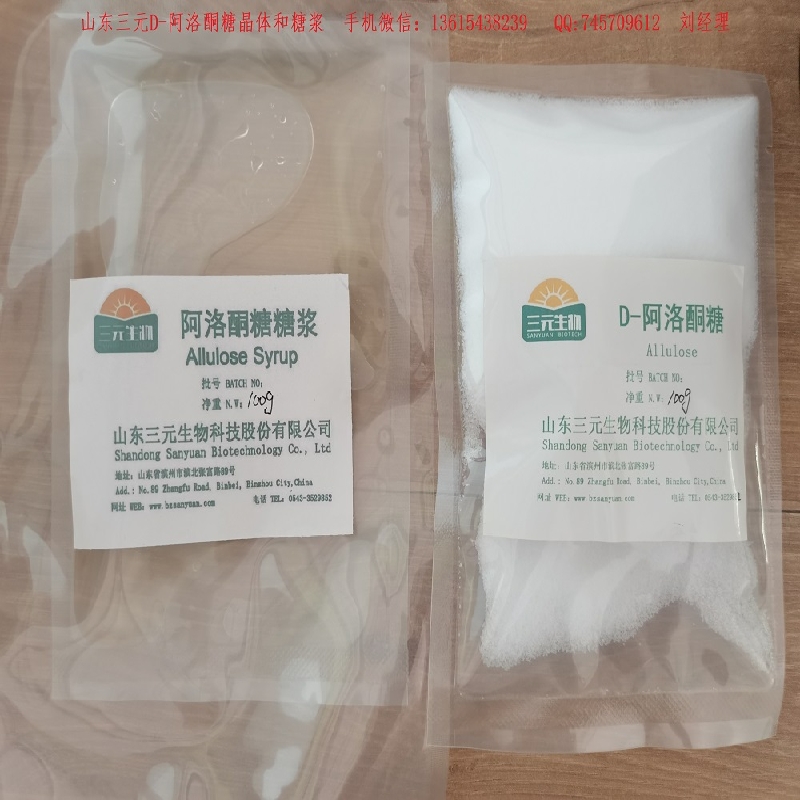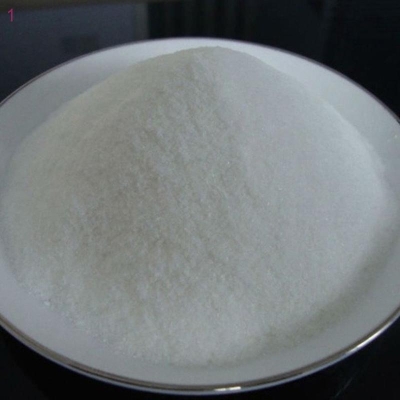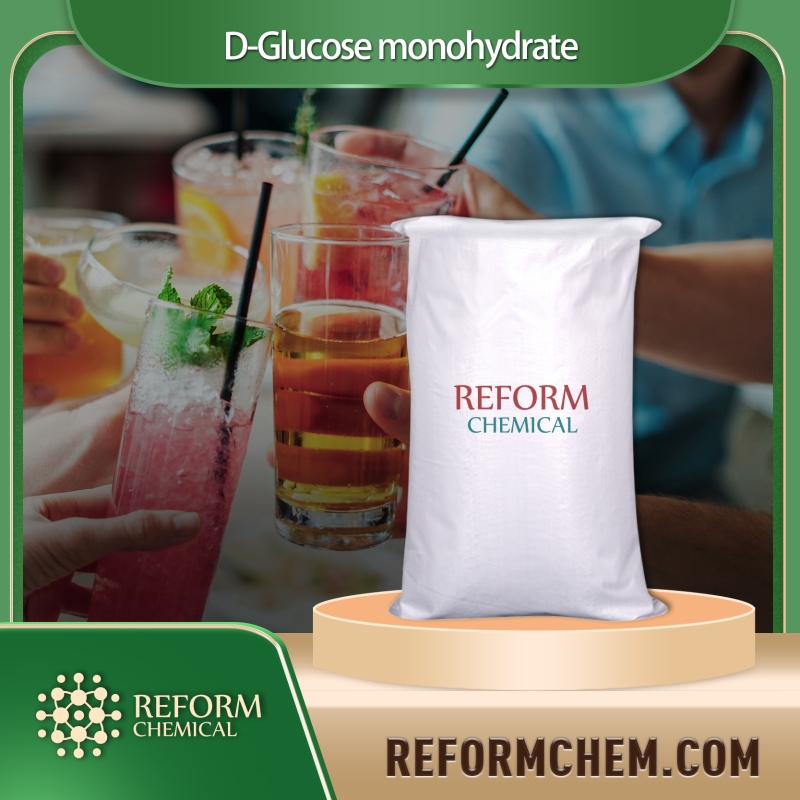-
Categories
-
Pharmaceutical Intermediates
-
Active Pharmaceutical Ingredients
-
Food Additives
- Industrial Coatings
- Agrochemicals
- Dyes and Pigments
- Surfactant
- Flavors and Fragrances
- Chemical Reagents
- Catalyst and Auxiliary
- Natural Products
- Inorganic Chemistry
-
Organic Chemistry
-
Biochemical Engineering
- Analytical Chemistry
- Cosmetic Ingredient
-
Pharmaceutical Intermediates
Promotion
ECHEMI Mall
Wholesale
Weekly Price
Exhibition
News
-
Trade Service
The processing and engineering technology research team of the Institute of Fragrant Beverages of the Chinese Academy of Thermal Sciences has made new progress
in the research on the inhibition mechanism of α-glucosidase.
In this study, the types, quenching mechanisms, structural changes, interaction forces, and binding sites of flavonols inhibiting α-glucosidase were analyzed
.
The results showed that the three flavonols of rutin, quercetin and kaempferol could effectively inhibit α-glucosidase activity, among which quercetin had the strongest inhibitory ability and rutin had the weakest
inhibitory ability.
The hydroxylation of C3′ on the B ring enhances the inhibitory ability of the flavonols, while the diglycosylation of C3 on the C ring weakens its inhibitory ability
.
It is worth noting that the quenching affinity and inhibitory ability of flavonols are not consistent, which is different
from the conclusions of some previous studies.
This may be related
to the hydroxyl groups of C3′ on the B ring and C3′ on the C ring.
In addition, the three flavonols spontaneously bound to the active site of α-glucosidase through hydrogen bonding and hydrophobic interaction, which changed the conformation and hydrophobic microenvironment of the enzyme, resulting in significant inhibition of α-glucosidase by flavonols
.
The above results can provide new theoretical support for the screening of α-glucosidase inhibitors, and help the development and application
of flavonols in hypoglycemia.
in the research on the inhibition mechanism of α-glucosidase.
In this study, the types, quenching mechanisms, structural changes, interaction forces, and binding sites of flavonols inhibiting α-glucosidase were analyzed
.
The results showed that the three flavonols of rutin, quercetin and kaempferol could effectively inhibit α-glucosidase activity, among which quercetin had the strongest inhibitory ability and rutin had the weakest
inhibitory ability.
The hydroxylation of C3′ on the B ring enhances the inhibitory ability of the flavonols, while the diglycosylation of C3 on the C ring weakens its inhibitory ability
.
It is worth noting that the quenching affinity and inhibitory ability of flavonols are not consistent, which is different
from the conclusions of some previous studies.
This may be related
to the hydroxyl groups of C3′ on the B ring and C3′ on the C ring.
In addition, the three flavonols spontaneously bound to the active site of α-glucosidase through hydrogen bonding and hydrophobic interaction, which changed the conformation and hydrophobic microenvironment of the enzyme, resulting in significant inhibition of α-glucosidase by flavonols
.
The above results can provide new theoretical support for the screening of α-glucosidase inhibitors, and help the development and application
of flavonols in hypoglycemia.
Inhibition of α-glucosidase activity can delay or inhibit the absorption of glucose in the intestine and effectively reduce blood sugar levels
in the body.
At present, α-glucosidase inhibitors are mainly derived from some chemically synthesized drugs, but long-term administration may cause adverse side effects
on the kidneys and liver.
Therefore, it is necessary to find new natural α-glucosidase inhibitors with strong inhibitory
activity and few side effects.
Flavonols are a class of specific and potent α-glucosidase inhibitors
.
At present, the research on the inhibitory effect of flavonols on α-glucosidase mainly focuses on the inhibitory ability of plant extracts or the effect of single components on starch digestion properties
.
The structure-activity relationship between flavonols and α-glucosidase has been rarely reported
.
In particular, the effects of B cyclohydroxylation and C cyclodisaccharide on the inhibition of α-glucosidase by flavonols are unclear
.
in the body.
At present, α-glucosidase inhibitors are mainly derived from some chemically synthesized drugs, but long-term administration may cause adverse side effects
on the kidneys and liver.
Therefore, it is necessary to find new natural α-glucosidase inhibitors with strong inhibitory
activity and few side effects.
Flavonols are a class of specific and potent α-glucosidase inhibitors
.
At present, the research on the inhibitory effect of flavonols on α-glucosidase mainly focuses on the inhibitory ability of plant extracts or the effect of single components on starch digestion properties
.
The structure-activity relationship between flavonols and α-glucosidase has been rarely reported
.
In particular, the effects of B cyclohydroxylation and C cyclodisaccharide on the inhibition of α-glucosidase by flavonols are unclear
.
The structure-activity relationship and inhibition mechanism
of flavonols and α-glucosidase were analyzed by inhibition kinetics, multispectral studies and molecular docking.
The results showed that rutin, quercetin and kaempferol could effectively inhibit α-glucosidase, among which rutin and quercetin competitively inhibited α-glucosidase activity, and kaempferol showed mixed inhibition
.
The inhibitory ability of flavonols on α-glucosidase is closely related to
its molecular structure.
The hydroxylation of C3′ on the B ring enhances the inhibitory ability of flavonols, but weakens the quenching effect
.
The disacchasylation of C3 on the C ring weakens the inhibitory ability of flavonols but enhances the quenching effect
.
The fluorescence quenching results showed that the flavonols effectively quenched the intrinsic fluorescence of α-glucosidase through a single static mechanism, and the main forces of spontaneous binding between the two were hydrophobic interaction and hydrogen bonding
.
Synchronous fluorescence spectroscopy, three-dimensional fluorescence spectroscopy, and circular dichromatography, showed that the binding of flavonols to α-glucosidase altered the conformational and hydrophobic microenvironment
of α-glucosidase.
In addition, the conformation of flavonol binding to α-glucosidase was visualized by molecular docking, and the results showed that the stability of the hydroxyl group binding of C3′ on the flavonol B ring and C3 on the C ring was critical, which further confirmed the above conclusion
.
The above research results are expected to lay a theoretical foundation
for the application of flavonols in the management of functional foods with high glycemia.
of flavonols and α-glucosidase were analyzed by inhibition kinetics, multispectral studies and molecular docking.
The results showed that rutin, quercetin and kaempferol could effectively inhibit α-glucosidase, among which rutin and quercetin competitively inhibited α-glucosidase activity, and kaempferol showed mixed inhibition
.
The inhibitory ability of flavonols on α-glucosidase is closely related to
its molecular structure.
The hydroxylation of C3′ on the B ring enhances the inhibitory ability of flavonols, but weakens the quenching effect
.
The disacchasylation of C3 on the C ring weakens the inhibitory ability of flavonols but enhances the quenching effect
.
The fluorescence quenching results showed that the flavonols effectively quenched the intrinsic fluorescence of α-glucosidase through a single static mechanism, and the main forces of spontaneous binding between the two were hydrophobic interaction and hydrogen bonding
.
Synchronous fluorescence spectroscopy, three-dimensional fluorescence spectroscopy, and circular dichromatography, showed that the binding of flavonols to α-glucosidase altered the conformational and hydrophobic microenvironment
of α-glucosidase.
In addition, the conformation of flavonol binding to α-glucosidase was visualized by molecular docking, and the results showed that the stability of the hydroxyl group binding of C3′ on the flavonol B ring and C3 on the C ring was critical, which further confirmed the above conclusion
.
The above research results are expected to lay a theoretical foundation
for the application of flavonols in the management of functional foods with high glycemia.
The results were published in Food Chemistry as "Effects of hydroxylation at C3' on B ring and diglycosylation of the hydroxyl group at C3 on the C ring on flavonols inhibition of α-glucosidase activity
.
" 。 Qin Yajuan, a master student trained by the Processing and Engineering Technology Laboratory of the Institute of Fragrant Beverages of our institute, Chen Xiaoai, a research intern, and Xu Fei, an associate researcher, are the co-first authors of the paper, and the team leading experts Tan Lehe, researcher Zhang Yanjun and Professor Wang Ping of Northeast Forestry University are the corresponding authors
of the paper.
.
" 。 Qin Yajuan, a master student trained by the Processing and Engineering Technology Laboratory of the Institute of Fragrant Beverages of our institute, Chen Xiaoai, a research intern, and Xu Fei, an associate researcher, are the co-first authors of the paper, and the team leading experts Tan Lehe, researcher Zhang Yanjun and Professor Wang Ping of Northeast Forestry University are the corresponding authors
of the paper.
Link to paper:







